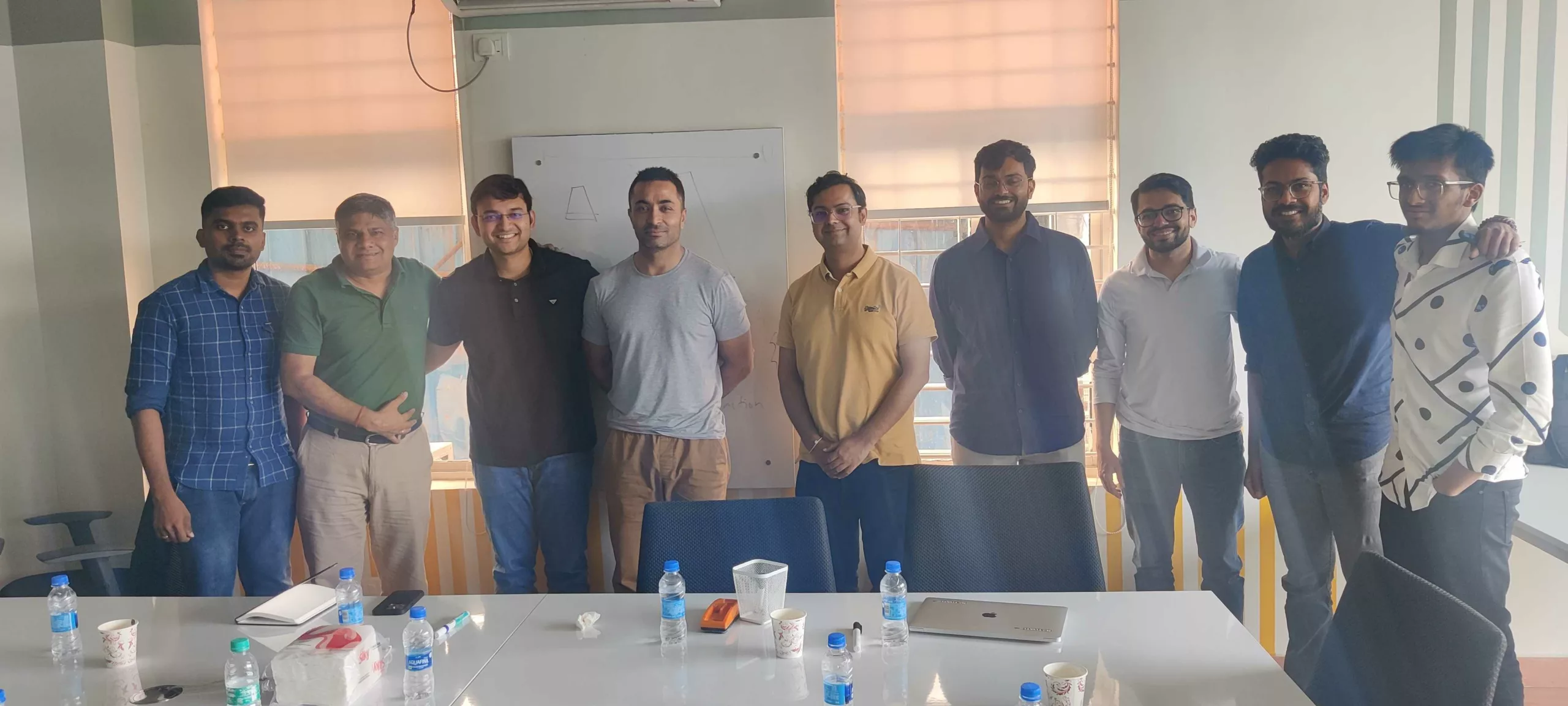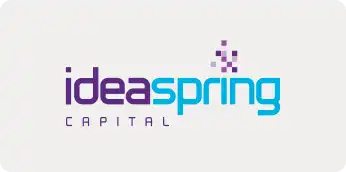It’s 2024, and selling to enterprises has never been more challenging. The sales cycles are longer, budgets are tight, email/booking conversions are low, and buyers are more cautious, often requiring more proof of ROI.
Meanwhile, AI has become a tangible reality and is no longer just a far-off vision. Since GPT-4’s debut 18 months ago, AI has transitioned from a novelty to a must-have solution. Today, everyone wants a piece of it, even enterprises.
To leverage the Gen AI demand amidst the rough market conditions, Amarpreet Kalkat, CEO of Humantic.ai, led a roundtable organized by SaaSBoomi on 24th August 2024 in Bangalore. As an early entrant into the AI field with his AI startup in 2014, Amarpreet shared his insights and lessons learned over many years of selling AI-first products to enterprises.

Here are my key takeaways from the roundtable;
Understanding the Enterprise Market: Is it right for you?
What exactly defines an enterprise? Is it simply a company with over 100,000 employees, or is there more to it? The definition of an enterprise varies, but it’s often defined by a combination of revenue, the number of employees, and the transaction value of each opportunity.
Enterprises are lucrative, yes. They not only get you high-value deals but also have the least churn in the category (~10%), compared to SMBs (~40%) and mid-market companies (~20%).
When deciding which market to go after, one must remember that selling to enterprise customers may not be for everyone.
- PMF Changes: The “market” is a critical component of Product Market Fit (PMF). Entering the enterprise market means rethinking your product’s market fit. Moreover, enterprises often demand complex solutions. So moving to a new market almost always requires redefining the product.
- Different GTM: Sales and Go-To-Market (GTM) processes differ considerably across these segments. SEO may work for SMBs but may not work for your enterprise customers, as behavior changes significantly across enterprises, SMBs, and mid-markets.
- Founder qualification: There has to be a Founder Market Fit (FMF) too. A founder must make a careful decision if the enterprise market is for them in the long term.
- Tough Market: Selling to enterprises is getting tougher, budgets are getting tight, and playbooks are changing. Nothing comes easy; you still have to fight hard to win here.
If you think that the enterprise market is for your SaaS, here are some steps on how to go about it;
1. Connect with the buyer
Selling to enterprises first starts with understanding two important things – one, the needs of the company, and two, the wants of the buyer. Well, these may feel obvious but are often ignored, or even if taken into account, are done poorly. Knowing what the buyer posted on LinkedIn is just not enough. The buyer must be understood at a deeper level.
It’s also essential to know who is not your buyer. This is where a well-defined Ideal Customer Profile (ICP) makes it easy. SaaS businesses thrive on repeatability, and without a focused ICP, your sales processes will become chaotic and non-repeatable.
Once you understand your buyer, the next step is to establish a genuine connection—not just a superficial LinkedIn connection, but one that is personal and emotional. This is essential because, as Amarpreet says, “communication happens on the listener’s terms.”
Even if your words don’t perfectly resonate, what matters is how you make the listener feel. A carefully crafted message can still be lost if it doesn’t emotionally engage the buyer.
2. Figure out the Gen AI opportunity
The budgets are getting tight, yes. But there is a new budget that is opening up. While traditional Business Unit budgets have shrunk significantly, enterprises’ Innovation departments are opening up their wallets. ChatGPT, Midjourney, and the like have shaken the world hard enough that enterprises are open to rapidly adopting new AI technologies to gain a competitive advantage in the market.
This new budget from the non-core business departments means that the selling process and the stakeholders in it also change. However, once an enterprise customer is landed, one has to be careful and soon prove their worth and start the transition to getting money not from the Innovation department but directly from the relevant Business Units.
3. Fire from all sides
Selling to enterprises “top-down” doesn’t work anymore. CXOs, though influential, can’t command departments to get on board just like that. Even if they do, they would lack long-term adoption from the end business users. As an outsider trying to sell to an enterprise, you should be ready to influence the organization from the “middle-in” and the “bottom-up” too.
One way to do this is through evangelists and influencers who can amplify your message and build your brand’s credibility through various means;
- Thought Leadership: Influencers act as thought leaders within their networks and help the community stay updated
- Increased Reach: They create top-of-the-mind awareness for your brand among your audience, increasing your reach
- Expert Positioning: They help their audience understand the problem you are solving and position you as an expert in your category
There are different types of influencers and they contribute differently. Their contribution can vary from simple LinkedIn posts to speaking about your solution at top industry conferences.
To make all of this successful, incentives need to be aligned with the ROI they bring. This can range from early access to new features to referral commissions, to even a board seat for strategic experts.
One recent example is Clay.com, which cultivated a community so well that its top advocates are now known as “Claygencies”.
4. Win the sale through measurement
Large enterprise sales typically start with a Proof of Concept (POC). It is important to quantify the success of the POC beforehand. This allows enterprises to make informed decisions and gives your sales team solid data to close the deal.
To measure the success of a POC you can run a controlled test between two groups within the enterprise. The control group will go about their business as usual and not use your software. The treatment group will have access to your software and conduct their business primarily by using your software.
Then, at the end of this exercise, the difference in performance between the two groups will be measured to estimate the success of the POC. Let’s take an example of running a POC to measure the success of an email automation tool. The percentage difference between the email open rates of both the control and treatment groups will be useful in successfully transitioning the deal from POC stage to a closed sale.

Wrapping it all up
In 2024’s gloomy market, where traditional sales strategies falter, I’ve learned that AI presents a winning opportunity. What made the roundtable more useful for me was its format. While there are many ways to learn, such as reading a blog or watching a video, unlike any of these the roundtable was not a monologue.
The roundtable was dynamic, with each founder contributing questions and expanding on Amarpreet’s insights. Amarpreet’s expert knowledge and willingness to share personal experiences made each learning point engaging and memorable for me.
This article captures the learnings from our Playbook Roundtable Session. To learn more about Playbook Roundtables check out our initiative and join the community for exclusive insights and takeaways you can put to action.

























